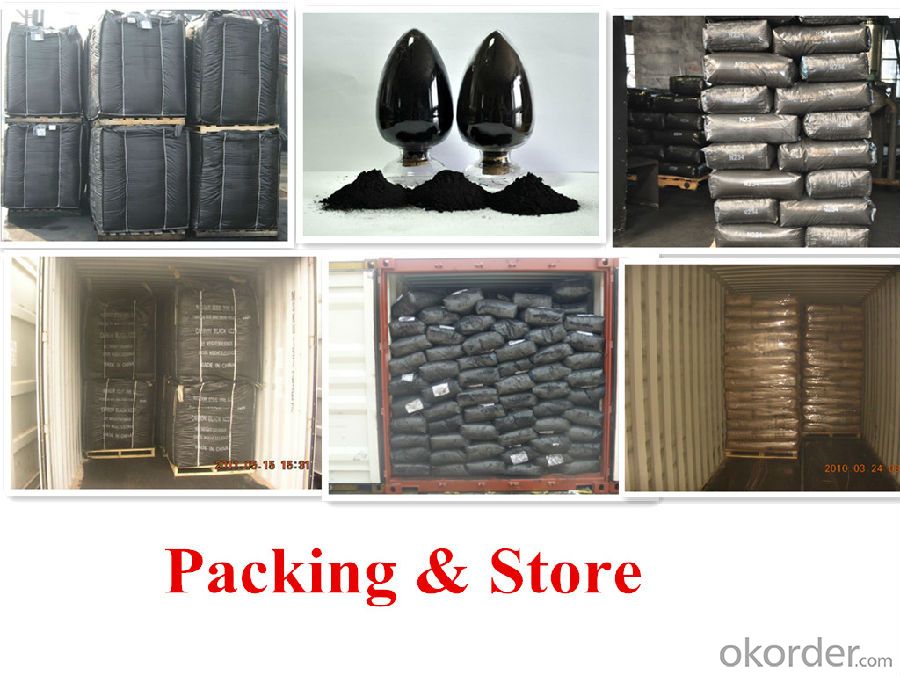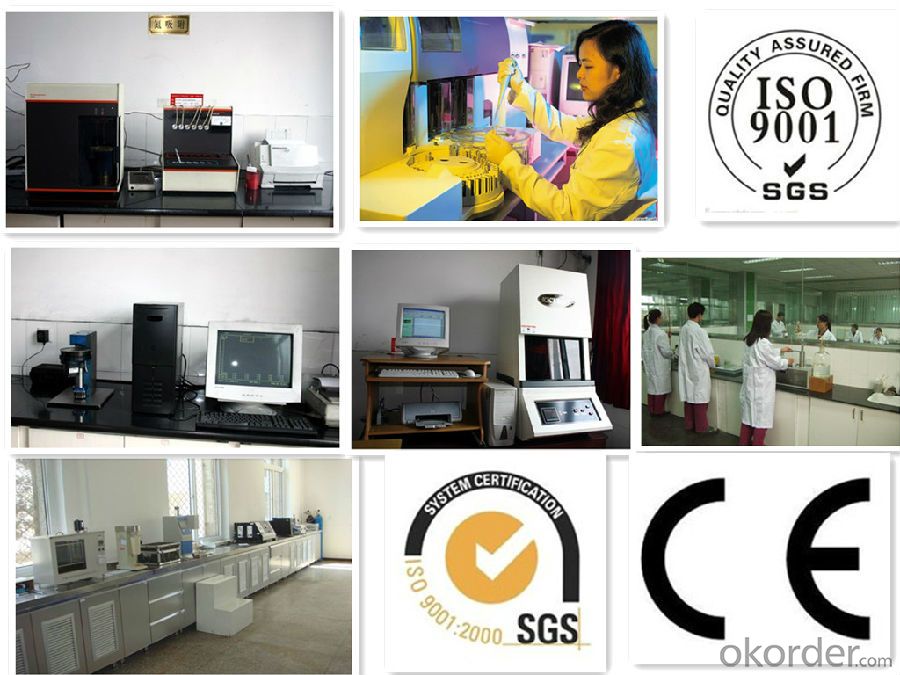Loading Port:Tianjin
Payment Terms:TT OR LC
Min Order Qty:-
Supply Capability:10000MT m.t./month
Precipitated Silica
Product Description:
Precipitated Silica
1.Used in tires, tire body, with beam layer and sidewall rubber and rubber products,Shoes Etc.
2.Product Status:White powder
Suggest for Use:
(1) M160 Used in tires, tire body, with beam layer and sidewall rubber and rubber products.For strengthening filler in rubber, rubber formula provides high hardness, high breaking strength, high tear strength and high wear resistance, improve the rubber and steel cord bonding strength. Improve the durability of the rubber, to improve flexible and shock resistance, resistance to improve tractional snow tires on the road, improve the tire all-weather performance.
(2) M170 Used in tires, rubber products and sole material.For strengthening filler in rubber, rubber formula provides high hardness, high breaking strength, high tear strength and high wear resistance, and resistance to aging performance.
(3) M180 Used in shoe materials, rubber products. For strengthening filler in rubber, in color rubber products, instead of reinforcing carbon black, meet the needs of white or translucent product, it has strong bonding strength, tear resistance and heat-resistant anti-aging performance.
TDS of the Precipitated Silica Standard: GB3778-2003
Product Varieties | M160 | M170 | M180 |
Nsa Surface Area(m2/kg) | 160+15 | 170+15 | 180+15 |
Silica Content% | 93 | 93 | 93 |
Color | Better than Standard samples | ||
45um sieve residue | 0.5 | 0.5 | 0.5 |
Heatloss(%) | 5.5±1.0 | 5.5±1.5 | 5.7±1.0 |
LOI % | 6.0 | 6.0 | 6.0 |
PH Value | 6.7±0.3 | 6.2±0.5 | 6.7±0.3 |
DBP absorption Value (10-5m2/kg) | 2.20±0.10 | 2.55±0.10 | 2.20±0.10 |
Conductivity us/cm | 900 | 900 | 900 |
Cu mg/kg | 30 | ||
Mn mg/kg | 50 | ||
Fe mg/kg | 1000 | ||
Safety:
As a matter of good industrial hygiene, gloves and safety glasses with side shields or better eye protection should be worn when handing Carbon Black ,For more information, refer to the MSDS.


